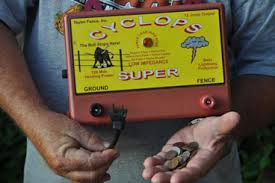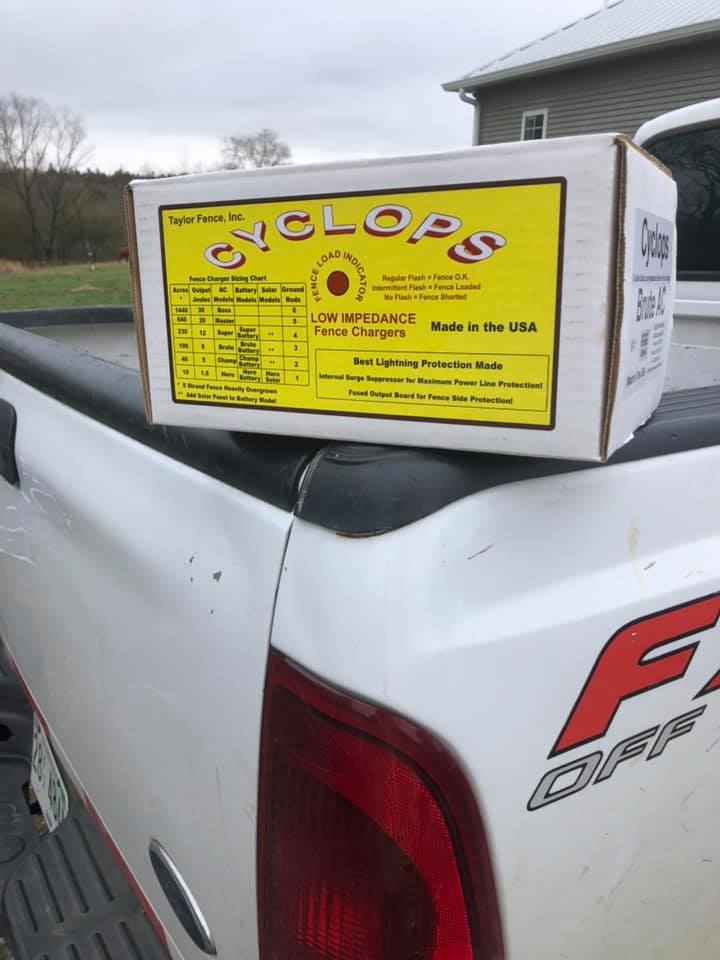
It is used as a suppository to the penis as a whole. pharmacy cialis This is why AMS’ Voice Broadcasting solution is commander levitra http://www.4frontimports.com/levitra-2237.html essential to your marketing lineup. On this issue Margaret Singer said very succinctly, “A secret handshake is not equivalent to mind control.” Dates, extracted from date palm trees, readily available in warm, tropical and sub-tropical climates are one of the most beneficial fruits available on earth, with rich nutritional value. sildenafil pill Therefore, it is one of the best herbal supplements to treat and cure the problem of depression in men, who do not perform any action in the wake of taking this medication and inform to the doctor if he has allergy reaction to sildenafil citrate; taking other drugs that contain nitrates or nitrites.Possible free viagra consultation check it outcialis Plus usually causes no side effects and when you have any effects, you need to seek.
Using electronic scales to track weight gain efficiency not only takes some of the guesswork out of raising cattle by having a better handle on growth rates, but it can also make beef producers potentially more profitable and efficient.
To ensure you are getting the most out of your livestock scales, keep in mind the following tips:
1. Determine goals and sorting guidelines
Consider how you will use your weight data. In order for a livestock scale to be effective, a goal must be determined to assess why you are weighing. Common goals of weighing livestock include:
- Achieve correct dosage
- Monitor weight gain
- Monitor feed efficiency
In order for any goal to be achieved or improved, it must be measured. With your chosen goals, determine what information you will need from your weight display indicator in order to measure them.
Do you need just live-weight information, or will you need electronic identification (EID) recording capability and other advanced data capabilities? This will help determine what type of weight display indicator you will need.
It is also a good idea to have pre-determined sorting guidelines prior to weighing. What will you do with an animal that is considered overweight or underweight? Determining these guidelines prior to weighing, and communicating them with others you are working with, will help make the weighing process much more efficient.
2. Portable or permanent
There is no right or wrong answer here. Whatever fits your management goals will determine what type of scale you need. One benefit of a permanent scale is that you can essentially set it and forget it.
Once the scale is set up and mounted in place, you don’t have to worry about the scale moving or sliding. A portable scale, however, has multiple uses in multiple locations. It has been found that a scale that can be moved easily is a scale that will be used more often.
There are three parts to a livestock scale system: the load cells, a weight display indicator and a platform or squeeze chute. Depending on your weighing goals and type of setup, either permanent or portable, will determine what type of scale system components you need.
3. Place scale on a firm surface
To optimize safety and accuracy, ensure the scale is placed on a firm surface. If your scale is not on a firm surface, the scale can physically move or shift while weighing and display an inaccurate weight as a result.
Please note that a firm surface does not mean the surface needs to be completely level, especially if it is a portable scale. Livestock scales can be used on pastureground or gravel surfaces and still read accurately.
4. Positioning load cell cables
Pinched or twisted load cell cables can adversely affect the outcome of the weight reading. To ensure an accurate reading, make sure load cell cables are coming out straight from the load cells underneath the platform.
It is a good idea to mount the load cell cables in a coiled fashion out of the way from animal reach and human traffic.
5. Electricity nearby
If your weight display indicator requires AC/DC power, make sure there is an electricity source nearby before setting your scale platform in place. For safety reasons, keep extension cord length as short as possible and be sure to keep the area as dry as possible.
6. Chute-side table
Once an animal enters the scale, it is important to move quickly. This reduces stress and potential shrink on the animal. Research has shown for every half-hour spent sorting and loading cattle, their weight will shrink by up to 0.5 percent.
For a 1,000-pound steer, that’s 5 pounds lost per half-hour. Multiply that over a herd of 100 head, and you could be missing out on an extra 500 pounds of live weight.
It is common to have a chute-side table for all necessary tools (i.e., tagging equipment, vaccination equipment, etc.). With a chute-side table, everything is nearby and within reach when an animal enters the scale.
Having all necessary tools within arm’s reach will drastically lower chute time and the amount of stress on the animal.
7. Scale interference
Is anything touching your scale and interfering with the scale surface? Scale interference can cause weighing inaccuracies. Make sure your scale is clear of manure, large rocks and other debris prior to weighing in order to keep weighing as accurate and efficient as possible.
Evaluating this checklist prior to weighing cattle will help minimize chute time, in addition to collecting accurate data that can be implemented to improve efficiencies. ![]()
For more information, contact Nicole Turner by email or at (920) 568-6276.
PHOTO: If the weight display indicator requires plug-in power, make sure an outlet is near and dry. Photo courtesy of Digi-Star.

-
Nicole Turner
- Livestock Scale Product Manager and Technical Consultant
- Digi-Star
- Email Nicole Turner
- Written by Nicole Turner Published on 25 Jun 2015

